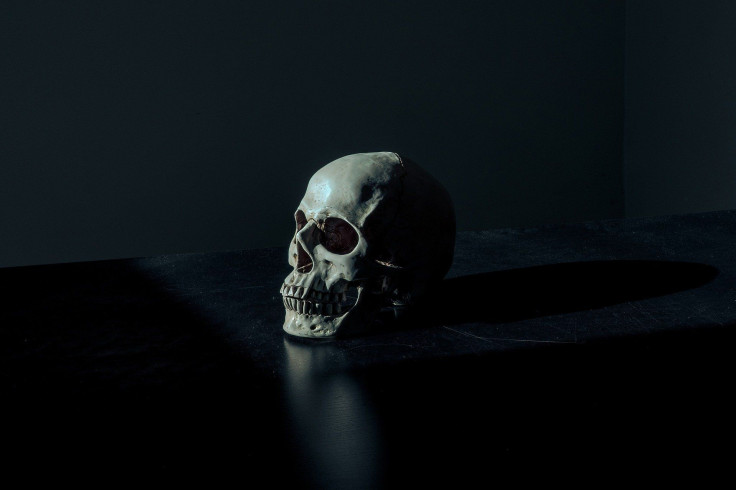17th Century Mummified Aristocratic Infant Was Malnourished, Likely Died Of Poor Sun Exposure
KEY POINTS
- The remains were from the crypt of an aristocratic family
- The infant was obese but had signs of malnourishment
- He also likely had rickets
Scientists conducted a "virtual autopsy" on the mummified remains of a young child from the 17th century. Despite being from a well-to-do family, the child actually had signs of malnourishment and a "complete lack of sunlight exposure."
The remains were recovered from the family crypt of the Counts of Starhemberg, which is "one of the oldest aristocratic families in Austria," the researchers noted in their study published in Frontiers in Medicine.
Usually, infant remains are more fragile and "perish very rapidly." In fact, such findings are "isolated" and "rare." But in this case, the protected conditions of the crypt allowed the infant's remains to survive and get mummified.
The researchers conducted a "virtual autopsy" on the remains, research publisher Frontiers noted in a news release. They were trying to identify the child and perhaps to get a glimpse of the baby's short life. It was the only one in the crypt that was unmarked and did not have the "beautifully decorated" coffins that the others had.
The team found that the child was just about a year old when he died. He was quite overweight, suggesting that he had enough food to eat. However, an analysis of his bones showed he was still malnourished.
It also showed evidence of a metabolic bone disease. The analysis suggests he had rickets (a "consequence" of vitamin D deficiency) or scurvy. Inflammation of his lungs suggested he could have died of pneumonia, which makes sense given that children with vitamin D deficiency tend to have an increased risk for the disease.
"The combination of obesity along with a severe vitamin-deficiency can only be explained by a generally 'good' nutritional status along with an almost complete lack of sunlight exposure," team lead Andreas Nerlich, of the Academic Clinic Munich-Bogenhausen, said in the news release. "We have to reconsider the living conditions of high aristocratic infants of previous populations."
'Complete lack of sunlight' killed a Renaissance-era toddler, CT scan reveals https://t.co/OGs0Vuxh9E
— Live Science (@LiveScience) October 26, 2022
"It is interesting that in previous times socially highly ranked people avoided sunlight exposure, and particularly darkening of the skin," the researchers wrote. "Aristocrats were expected to have white, pale skin, whilst laborers were expected to have suntans. This also applied to small infants, who, like the Starhemberg infant, were at risk of developing rickets due to the lack of ultraviolet rays on their skin."
The child was likely a firstborn son in the family as the crypt was reserved for family members, particularly the title holders, most of whom are firstborn sons, and their wives. Radiocarbon dating of his skin samples revealed he died somewhere between 1550 and 1636 CE.
Based on historical records, researchers identified the child as Reichard Wilhelm (1625–1626 CE), "the first son of Erasmus der Jüngere (1595–1664 CE)." He likely died when he was 10 to 18 months of age and was buried in an expensive silk coat, along with his grandfather, Reichard von Starhemberg. He was the only infant mummy in the crypt.

© Copyright IBTimes 2025. All rights reserved.






















